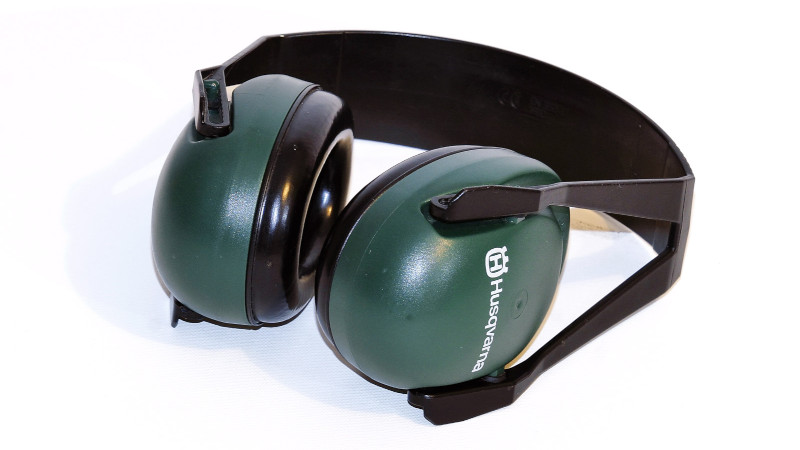On the face of it, producing a set of noise cancelling headphones should be a relatively straightforward project. But as [Pete Lewis] found out, things are not always as they seem. The result is a deep dive into microphone specifications, through which most of us could probably learn something.
Noise cancelling headphones have a set of microphones which provide anti-phase noise through an amplifier to the ‘phones, thus in theory cancelling out the external noise. Since [Pete] is a musician this pair would have to be capable of operating at high noise levels, so he checked the spec for his microphone and with an acoustic overload point at 124 dB for a 115 environment he was ready to go.
Unfortunately these ‘phones showed distortion, which brings us back to the acoustic overload point. This is the sound level at which the microphone has 10% distortion, which is a very high figure, and certainly meant there was enough distortion to be audible at the lower level. After a search for a higher spec microphone and a move to a digital codec-based solution with an ESP32 he eventually cracks it though, leading to an inexpensive set of noise cancelling headphones for high-noise environments.
If distortion interests you, it’s a subject we’ve visited in the past.
Header image: fir0002, GFDL 1.2.

















Scratching head… I don’t see anything in this article about doing noise canceling with anti-phase, it looks like he’s using standard noise isolation headphones (ear muffs) and passing through external sound at the desired, lower level.
Yes, I think Jenny got it wrong.
The clue is in the opening sentence of the article: “Musicians require ear protection that faithfully reproduces attenuated sound”.
No active noise cancelling, active being the key word here.
I didn’t read the article, but work for a hearing aid company. We have special customized noise cancelling plugs for each customer, with changebable filters. We had a lot of orchestra musicians who order mostly a specific filter (frequency range) to their custom made ear plugs. The same with industry workers, they mostly want a filter for deep frequencys. The thing is, if the little hairs in your ear, move everyday which no change to regenerate, they die after a time, means you hear nothing in this frequency. But we had also customer which ears completely heal itself without medicine or so.
Are these actually noise cancelling headphones like Hackaday summary claims?
From the description in the IEEE article, it sounds like they are hearing protectors (ie. passive blocking) which he added a microphone. Goal being to get high accuracy audio instead of the muffled sound that normally comes through hearing protectors.
It’s not about noise cancelling, but more about controlled attenuation so you can still hear your music instrument but without the risk of damaging your hearing.
Sigfried Linkwitz was working on his audio system several decades ago and needed a mic for high spl. If you scroll down this page to the microphone part, you can see the modifications he made to a cheap Panasonic WM60 condenser capsule to make it good to 134 dB.
https://www.linkwitzlab.com/sys_test.htm
https://www.linkwitzlab.com/images/graphics/microph1.gif
I just bought musicians earplugs. They attenuate rather flat across the audio frequencies so everything is quieter but still sounds good. Not like the yellow foam ones where everything just sounds like “whump whump” and voices are all messed up too. I think they were only about $20 and have worn them for at least a decade.
So what did you do before you bought them? Lease them?
The original post doesn’t imply anything other than a recent purchase of a specific devise
“I just bought” = “I simply bought”
+1 lol. I love when context gets ignored. My comment was literally 4 sentences and apparently that person couldn’t even make it that far. Tremendous.
Or maybe the person isn’t a native English speaker. Ever considered that?
accumulate hearing damage
I thought this would be about the clipping from too small of an amplifier to drive the headphones because if it’s noise canceling in lightweight on ear headphones it takes as much power to cancel the bass blasting at you at high levels.